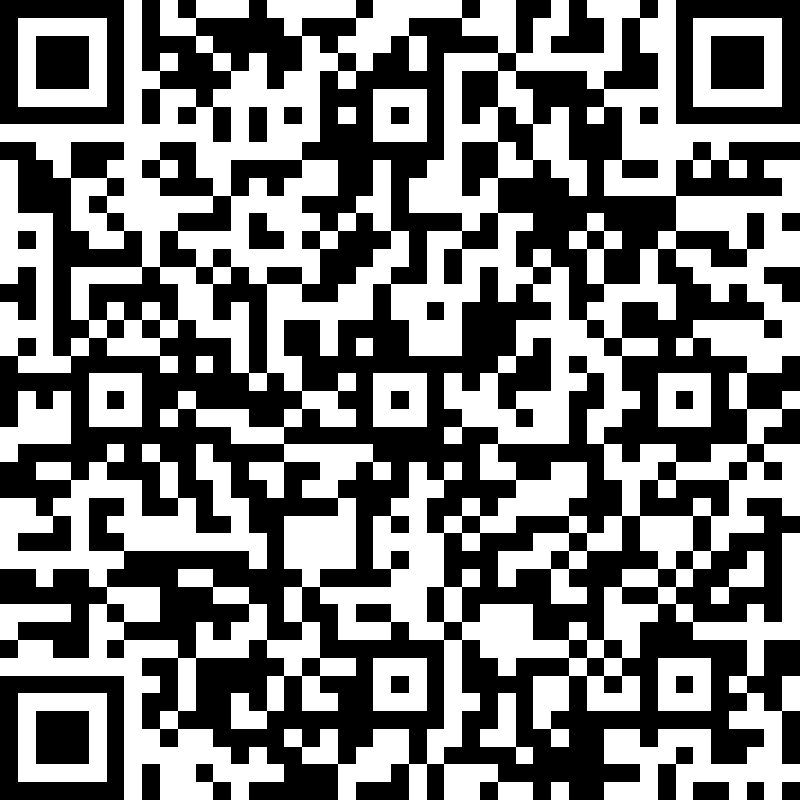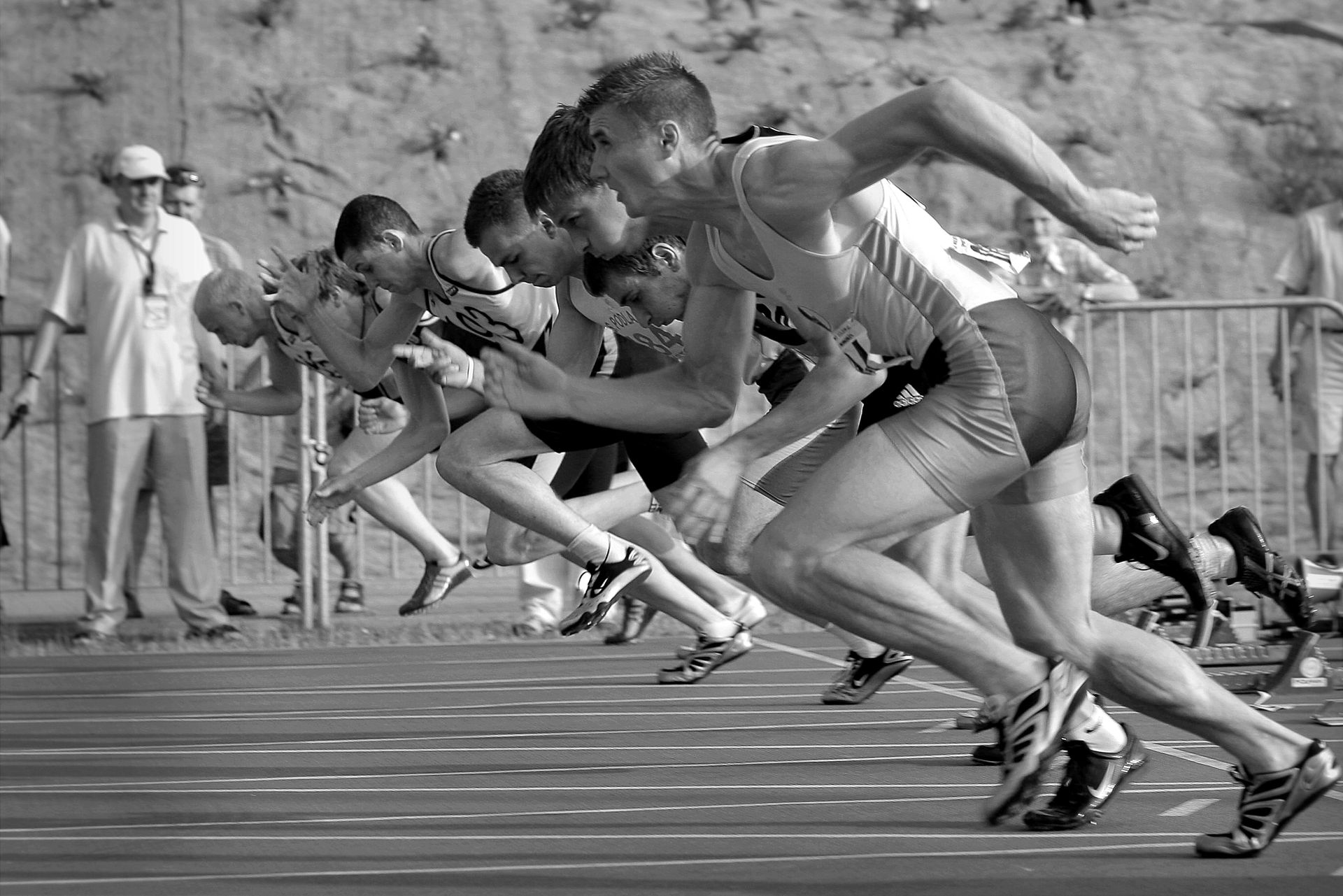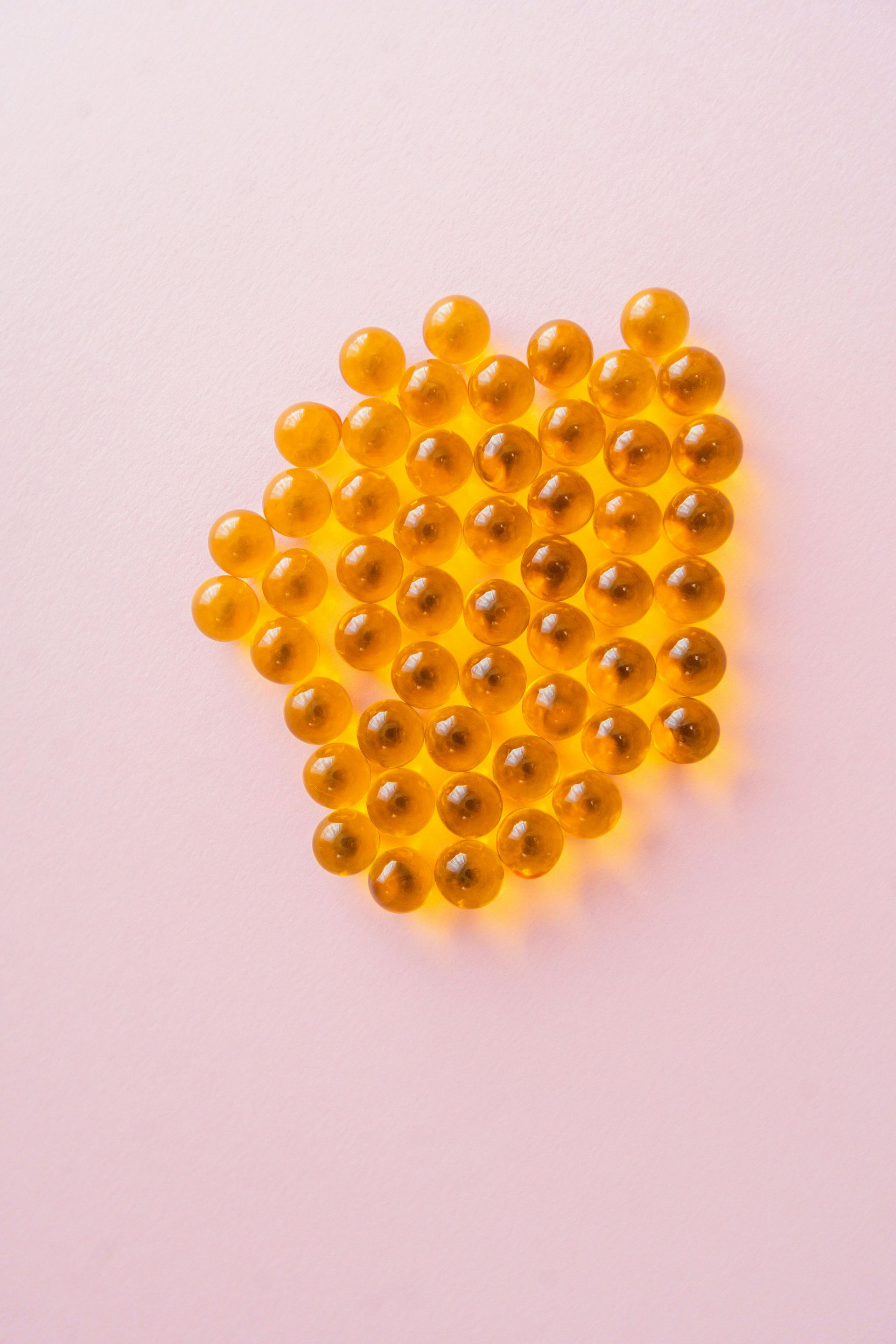Mohamad-Ali Salloum is a Pharmacist and science writer. He loves simplifying science to the general public and healthcare students through words and illustrations. When he's not working, you can usually find him in the gym, reading a book, or learning a new skill.
The Power of Microshifts: Small Changes, Big Impact
Share
In the realm of personal development and behavioral change, the concept of microshifts has gained significant attention. Microshifts refer to small, incremental changes that, when consistently applied, lead to substantial transformation over time. This essay explores the scientific basis of microshifts, and the more you understand it, it will make reaching your goal easier!
Understanding Microshifts
The Science Behind Microshifts
Real-Life examples:
1.The Compound Effect:
Imagine saving a small amount of money each day. Initially, the amount seems insignificant, but over time, these small savings accumulate into a substantial sum. Similarly, microshifts in behavior, such as drinking an extra glass of water daily or taking a five-minute walk, can lead to significant health improvements over months and years.
2.Gardening:
Consider the process of growing a garden. Planting a single seed and nurturing it with small, consistent actions like watering and weeding eventually results in a flourishing garden. In personal development, microshifts act as these small nurturing actions that, over time, cultivate a thriving and transformed self.
3.Learning a New Skill:
Learning to play a musical instrument provides another apt analogy. Practicing for just 10 minutes a day may not seem impactful initially, but this consistent practice builds muscle memory and skill proficiency over time. Microshifts in learning, such as dedicating a few minutes daily to a new language, can lead to fluency over months.
How Microshifts has helped me in several aspects:
Let me give you an example about me and how I progressed in French Language. Initially, I only knew “Bonjour” and “Merci” as I did not have the chance to learn the French language since school. Later in life when I had plans on moving to France, I started learning on Duolingo 5 minutes daily. Currently I have no plans going to France, but I'm still doing my daily streak of ~1,400 days of 5-10 minutes of Duolingo daily. Currently, I am able of reading, speaking, and listening to basic and somehow complex French conversations with no difficulties. If I put more minutes to it daily, I know that I can progress even more!
Another example is writing these articles on my website. When i published my website and wanted to add more articles to it, i had a challenging obstacle, and it was my actual work. When i used to finish working, i was drained and i had no energy especially after working consistently for long hours. This made me not write articles on my website anymore and had a large gap between the last article published and the most recent one. Currently, i am uploading 2 articles per week. What allowed me to do this is microshifting. I started to dedicate 5-10 minutes daily to write anything that comes up to my mind. At the end of the week, i had like 3-4 topics that i wrote about, and when i want to upload the articles on my website, i choose one or two of them and finalize them during the weekend and publish them😁
Practical Application of Microshifts
Conclusion
Microshifts demonstrate that small, consistent actions can lead to significant and lasting change. By understanding and applying the principles of microshifts, individuals can overcome the overwhelm associated with large-scale transformations and achieve their personal development goals in a sustainable manner. Just as a mountain is reshaped by countless tiny particles, our lives can be transformed by the power of microshifts.
References:
1. Fogg BJ. Tiny Habits: The Small Changes That Change Everything. Boston: Houghton Mifflin Harcourt; 2019.
2. Clear J. Atomic Habits: An Easy & Proven Way to Build Good Habits & Break Bad Ones. New York: Avery; 2018.
3. Wiest B. The Mountain Is You: Transforming Self-Sabotage Into Self-Mastery. Thought Catalog Books; 2020.
List of Services
ABOUT THE AUTHOR
Mohamad-Ali Salloum, PharmD
Share
Recent articles:





















